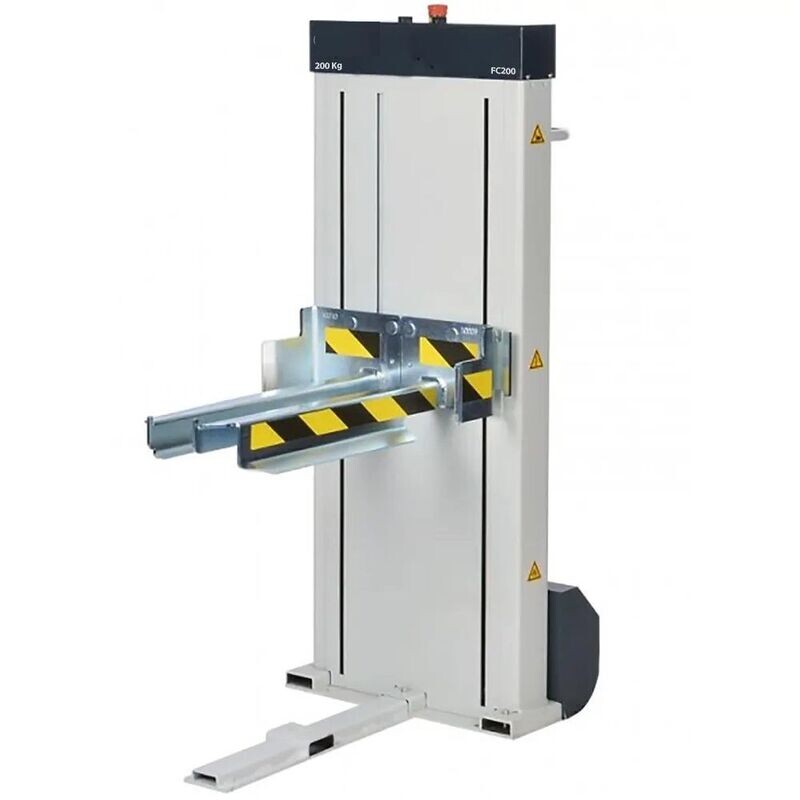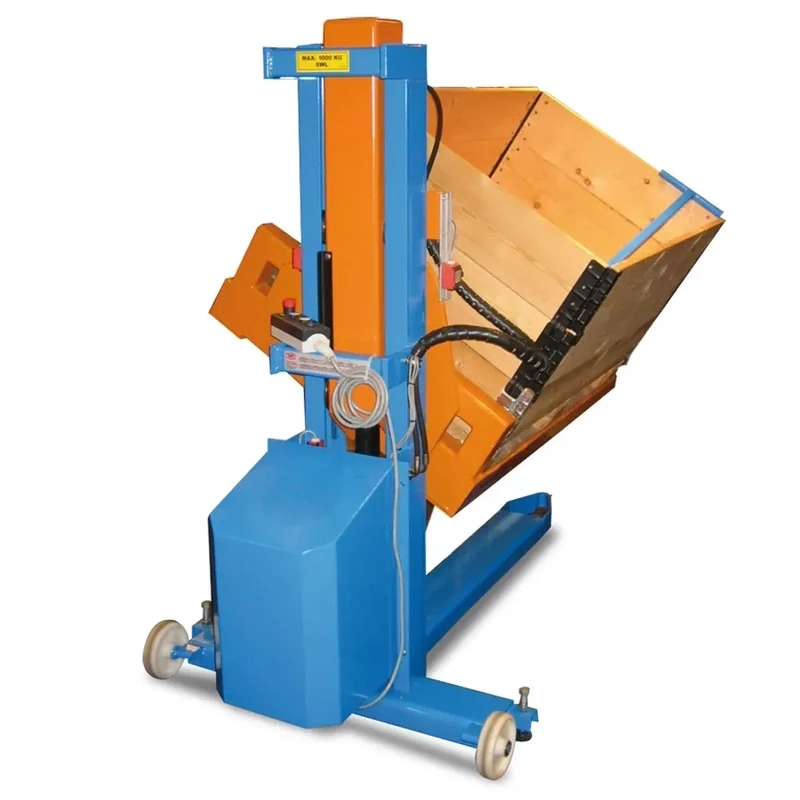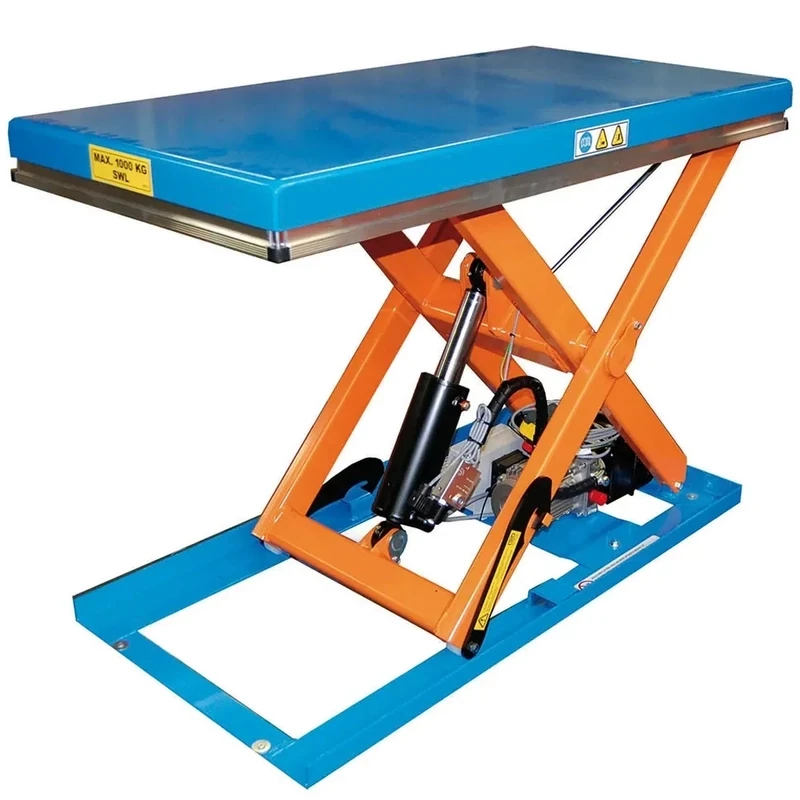Material handling
A company's material handling system and processes are put in place to improve customer service, reduce inventory, shorten delivery times, and reduce overall cost of ownership in manufacturing, distribution, and transportation.
There is a variety of manual, semi-automated, and automated material handling equipment and technologies available to assist in the movement, protection, storage, and control of materials and products during production, distribution, consumption, and disposal. These include:
Automated Guided Vehicles (AGV)
Conveyors
Ergonomics
Lifting equipment
Industrial robots
Forklifts
Racks
When designing a material handling system, it is important to refer to best practices to ensure that all equipment and processes, including manual, semi-automated and automated, in a facility work together as a unified system. By analyzing your material handling process goals and aligning them with guidelines, such as the 10 Material Handling Principles, a well-designed system will improve customer service, reduce inventory, shorten delivery times, and reduce overall handling costs in production, distribution. These principles include:
Standardization: All material handling methods, equipment, controls, and software must be standardized and capable of performing a variety of tasks under a variety of operating conditions.
Work: Material handling processes should be streamlined by reducing, combining, shortening or eliminating unnecessary movements that will impede productivity. Examples include using gravity to aid in material movement and employing straight-line motion as much as possible.
Ergonomics: Working and working conditions should be adapted to support a worker's capabilities, reduce repetitive and strenuous manual work, and emphasize safety.
Unit Load: Because it takes less effort and labor to move multiple individual items together as a single load (rather than moving multiple items one at a time), you should use unit loads, such as pallets, containers, or item cases.
Utilizing Space: To maximize the efficient use of space within a facility, it is important to keep work areas organized and clutter-free, maximize density in storage areas (without compromising accessibility and flexibility), and use the airspace.






